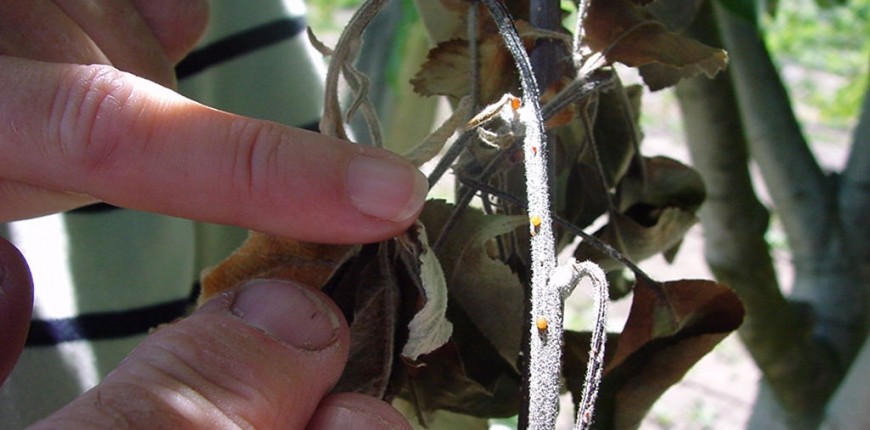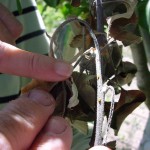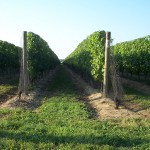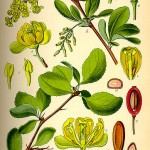In many ways, surveillance is paramount to Biosecurity. Too often, efforts and resources tend to be directed to pre and post borders interventions. However, contracting parties to the International Plant Protection Convention (IPPC) are obliged to establish and update lists of regulated pests to facilitate trade in a safe and transparent environment: under article VII.2i, “Contracting parties shall, to the best of their ability, establish and update lists of regulated pest….and make such lists available to trading partners and neighbouring countries…”. ISPM 17 and 19 have been developed to provide guidelines on pest reporting and importing partners’ responsibilities and state that contracting parties should also maintain a national system of pest records and update their PRA accordingly. This allows trading partners to adjust their phytosanitary import requirements. These pests lists also have to be made available to the IPPC Secretariat and RPPOs of which the country is affiliated to. This means that NPPOs have to be aware of the plant pest situation in their areas and gather information on pest occurrence and status to update their pest lists. In this situation, surveillance activities are designed to provide information to support trade.
In addition to the development of baseline lists, there are several other reasons why surveillance is carried out: to demonstrate pest free areas, places of low prevalence, for early detection of invading pests, to delimit the extent of pests following an incursion, to monitor the progress of an eradication program or simply for pest management and control. As long as regular surveys are not carried out, the absence of a record does not guarantee absence of a given organism. There is a big difference between “Known not to be present” and “Not known to be present”. The only way one can say a given pest is absent is by carrying out adequate surveys in time and scope. Many organisms are difficult to detect and identity though and this can be due to a range of reasons: a plant might be resistant or partially resistant to an organism, symptoms and signs might be ambiguous, making the infection or infestation tricky to notice and record. The organism itself, and some of its life stages might be difficult to spot and identify. For others, life stages might be unknown or unrecorded. However, the most obvious reason why an organism might not be found is because nobody looked for it, or looked for it at the wrong time of year when the organism is not active (e.g. dormant) or when it is lurking on alternate hosts. It could also be that people look on the wrong hosts or in an area where the climate is not conducive to the pests’ development. Particularly for low prevalence pests, it could be because people haven’t been looking hard and long enough.
Another important consideration for effective Biosecurity is that efforts to limit incursions are often more cost-effective than eradication options. Yet, incursions still do occur. Surveillance to detect invaders early enough to warrant eradication remains a major challenge. Then again, it can still save on the cost of on-going control and market losses. The most important outcome of early detection is when it is still possible and cost-effective to eradicate, contain or manage. This type of surveillance can represent a large amount of work and resources, and is can be a difficult task to undertake, but it can save the day. So, in more than one way, surveillance is a major cornerstone of Biosecurity, if not the most important one. Without thorough surveillance data, the set of interventions across the Biosecurity continuum from pre-border to pest management may be based on incorrect assumptions and result in ineffective and costly outcomes.





